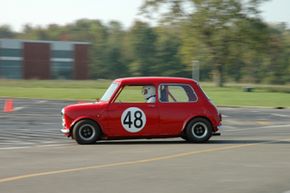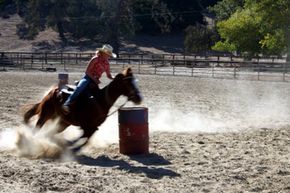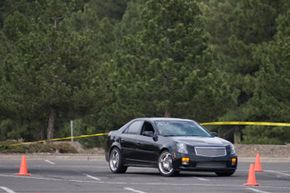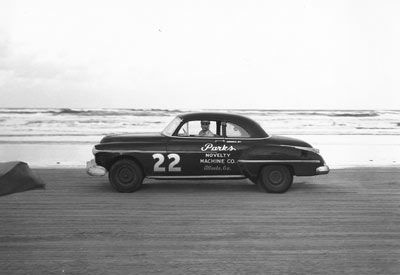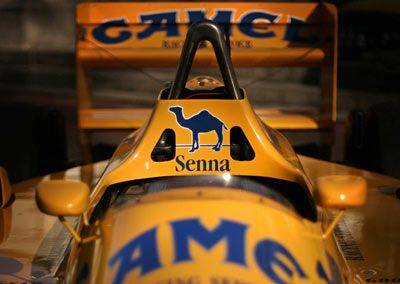Race drivers typically think in terms of direction and speed -- going fast in one direction is the essence of the race. But a new version of an old sport called gymkhana is making a comeback and appealing to a new generation of drivers looking to combine speed with driving skill.
The term gymkhana is an umbrella term for a timed event on a small course. Essentially, it takes the typical one-way track and adds in obstacles like cones, barrels, barriers, puddles and sandy sections. Next, the track is twisted back on itself so drivers have to double back and even crisscross the course at predetermined points. Drivers are required to reverse at certain points, drift in the corners and employ grip driving as well as hand-brake maneuvers and left-foot braking skills, among a few others. The fastest time wins.
Advertisement
It's the intricacy and subtlety of the sport that draws people in, as well as the chance to show off some driving that borders on exhibition. Indeed many gymkhana racers got their inspiration from Internet videos showcasing the skills of famed drivers like Subaru Rally Team legend Ken Block navigating abandoned airport buildings and concrete bunkers at scream-inducing speeds. Block's driving style also inspired video games, which in turn inspired a new generation of drivers who gave up the joystick for the stick shift.
However, it's when a new driver hits the reality of the gymkhana course, a blend of mental gymnastics and machine skills, that the true mettle of the sport comes out and lures people in. It's a sport that has been characterized as high-speed chess (against yourself) and the gateway drug of motorsports. A driver attempts to defeat rivals and to beat his or her own personal best time, too. Since gymkhana is still in its relative infancy it's still open to all comers. And it's drawing in more adherents than any snarling NASCAR machine ever did.
Advertisement
